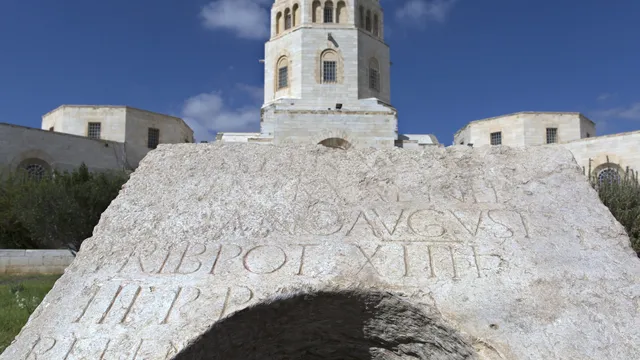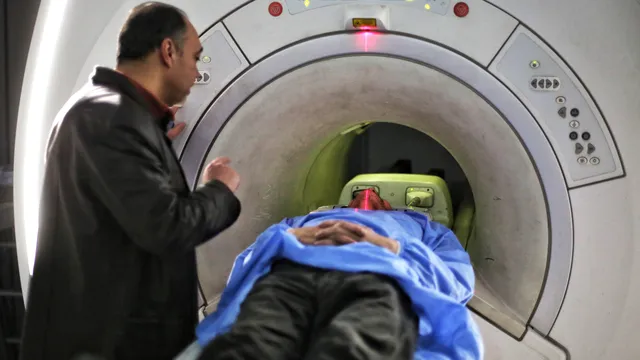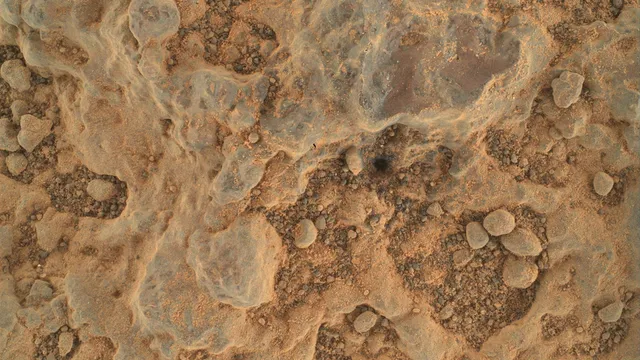Every year, around 1,500 Latin inscriptions are discovered, offering an invaluable insight into the daily lives of the ancient Romans – and posing a huge challenge to the historians tasked with interpreting them.
However, according to a study, a new artificial intelligence (AI) tool developed in part by Google researchers may now be able to help Latin scholars piece together these puzzles from the past.
Latin inscriptions are common throughout the Roman world, from imperial decrees to graffiti on city streets. A mosaic in front of a house in the ancient city of Pompeii even warns: "Beware of the dog," according to AFP.
These inscriptions are "so valuable to historians because they offer primary evidence of ancient thinking, language, society, and history," said study co-author Yannis Assael, a researcher at Google's DeepMind AI lab.
"What makes them unique is that they were written by ancient people themselves, from all social classes, on all kinds of topics. This isn't just history written by the elite," said Assael, who co-authored the AI model.
However, these texts have often been damaged over the millennia.
"We usually don't know where and when they were written," Asael said.
So the researchers created a generative neural network, an AI tool that can be trained to identify complex relationships between different types of data.
They named their model Aeneas, after the Trojan hero and son of the Greek goddess Aphrodite.
It was trained on a database of dates, locations, and meanings of Latin transcriptions from an empire that spanned five million square kilometers for two millennia.
Thea Somersild, an epigrapher at the University of Nottingham who co-authored the AI model, said that "studying history through inscriptions is like solving a giant puzzle."
"You can't solve the puzzle with a single isolated piece, even if you know information such as its color or shape. To solve the puzzle, you have to use that information to find the pieces that connect to it," she explained. | BGNES

 Breaking news
Breaking news
 Europe
Europe
 Bulgaria
Bulgaria







